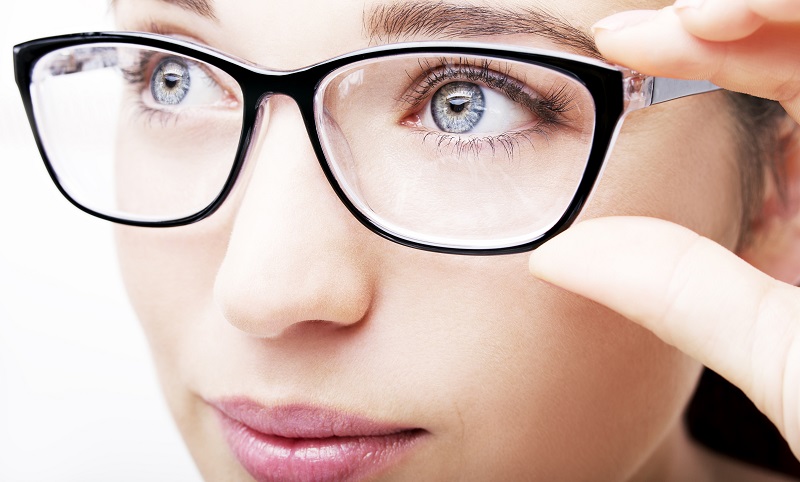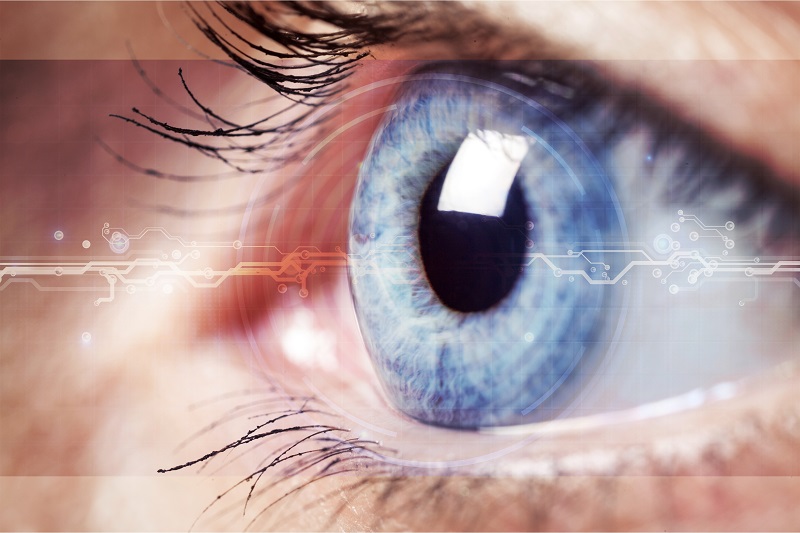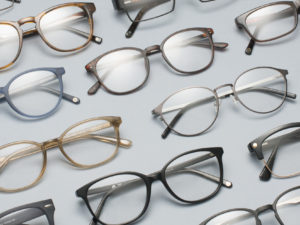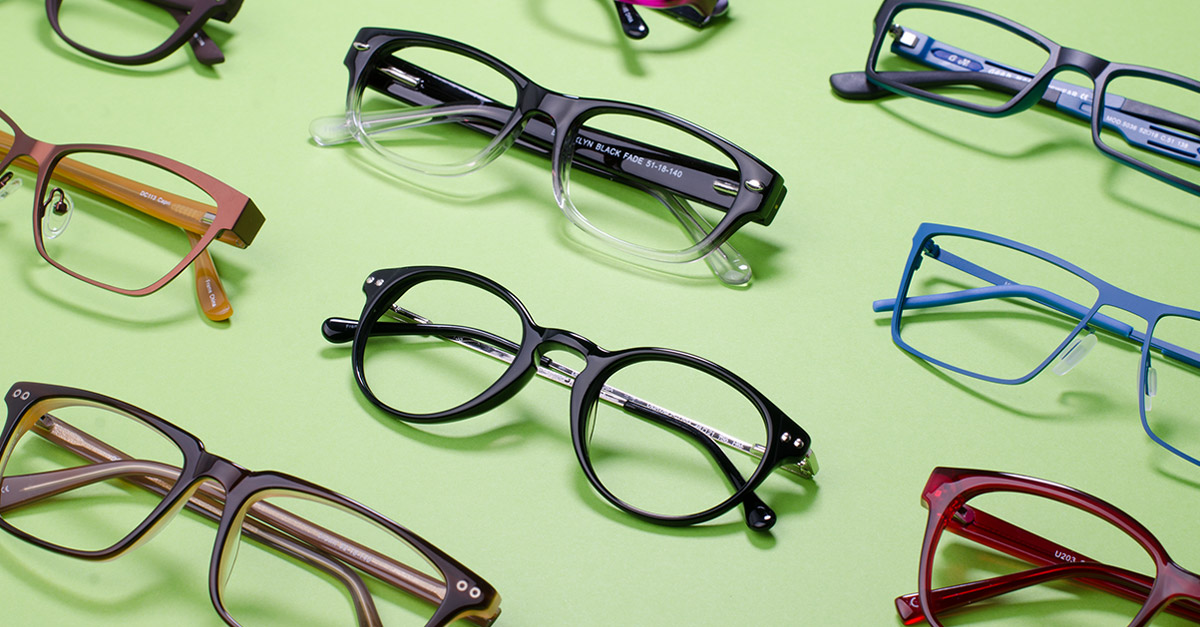As we get a bit older we begin to see major changes in our bodies specifically our eyes. Starting from age 40 your sight is likely to become blurred- some risk being unable to distinguish colors. Your eyes suddenly come at risk of developing conditions like: age-related macular degeneration, glaucoma, dry eyes and cataracts. That’s why it’s important to visit your optometrist every six to twelve months in order to treat signs and symptoms.
AMD (Age-Related Macular Degeneration)
Age-related macular degeneration is a condition that slowly causes damage to the central part of your retina called the macula. Your macula or central vision is key to seeing objects clearly and a crucial part of your daily routine. While AMD is in its early stages you may experience a small blurry spot of vision in your eyes.
Cataract
Cataract is an age-related eye condition in which the lens of your eye starts to cloud. If you’re suffering from a cataract your vision will appear cloudy or blurry. And in some cases, colors may appear to fade and you start to notice a lot of glare as well.
Glaucoma
Glaucoma is a term that encompasses a group of diseases that can destroy the optic nerve in your eye. It’s caused by intraocular pressure in the eye and its symptoms can be treated with daily eye drops. With a disease like glaucoma, it is important to fully understand what caused it as well as how you and your optometrist will cure it.

Dry Eye
Dry eye is an eye disease where your eyes do not produce tears properly or the tears that are produced are not of correct consistency. If you suffer from Dry Eyes your eyes are at risk of inflammation, ulcers, corneal scars as well as potential loss of vision. So, if you’re experience inconsistent tears it’s important to talk to your optometrist.
Diabetic Eye
Diabetic eye is the leading cause of blindness in those 40 years and over. Caused by Diabetes and typically appears in your eyes as diabetic retinopathy which is damage to the blood vessels in your eyes. Diabetic eye is nearly impossible to detect so if you have diabetes it is of utmost importance to make sure you see your optometrist at least once a year.










